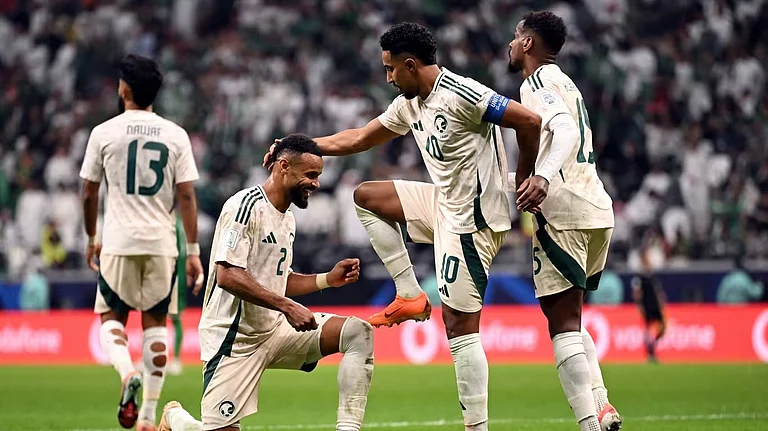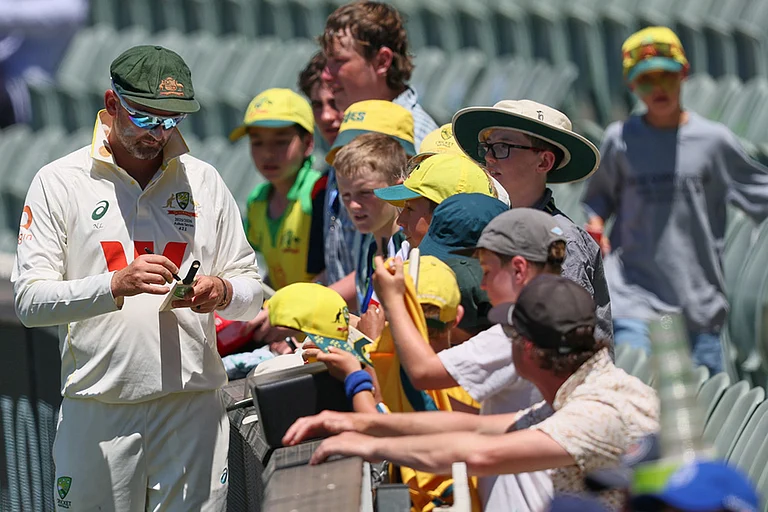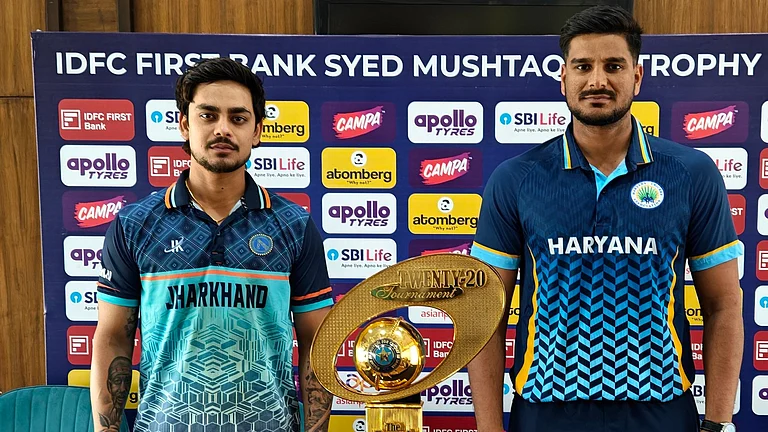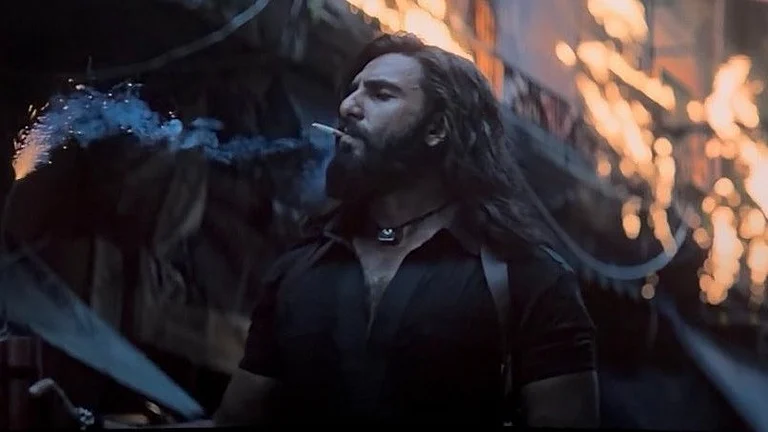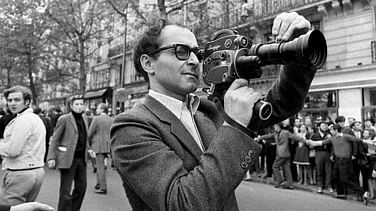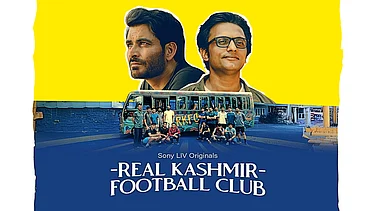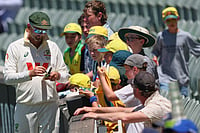Bappi Lahiri (1952-2022), a child prodigy from Bengal who rose to become the busiest music director in the 1980s, may have been stuck with the image of the undisputed ‘Disco King of Bollywood’ all through his career, but his repertoire indisputably underlines his versatility and vast range as a composer.
A gifted tunesmith who was equally at ease in churning out Indian and western compositions, he had the talent to even put geniuses like R.D. Burman in the shade in his heyday.
Bappi had burst on the scene with the advent of disco songs towards the late 1970s with his popular compositions in Mithun Chakraborty’s spy flicks such as Surakksha (1979) and soon reached his peak with Namak Halaal (1982) and Disco Dancer (1982). In no time, he raced ahead of all the reigning monarchs of Hindi film music, including Pancham, Laxmikant-Pyarelal and Kalyanji-Anandji, with his ability to meet the growing demand for the fast-based techno-disco songs, which had become a rage after the phenomenal popularity of Biddu’s 'Aap jaisa koi', sung by Pakistani teenager Nazia Hassan in Feroz Khan’s Qurbani (1980). Bappi Da’s Hari om hari sung by Usha Uthup in Pyara Dushman (1980) was one of his early disco successes.
But he was certainly more than a disco king, which he had proved long before the Bollywood producers made a beeline for his house to sign him on the dotted line, mostly with a request to rip off a popular western number. When he made his Hindi film debut with Nanha Shikari (1973), he was barely 21. His real genius came to the fore at a young age when he delivered two back-to-back hits with Zakhmee (1975) and Chalte Chalte (1976). Even though he arrived at a time when his formidable seniors such as Pancham and Laxmikant-Pyarelal were at their peak, he made his presence felt with melodious compositions, including Kishore Kumar’s immortal Kabhi alvida na kahna in Chalte Chalte. He even had a big hit, Bombai se aaya mera dost (Aap ki Khatir/1977) as a singer.
Ace cinematographer-director Ravi Nagaich who was looking for a singer-composer for his Gunmaster G-9 spy movie, Surakshaa found a voice that fitted to a T on his Indian Bond played by Mithun on screen. Bappi soon gatecrashed into the big league with movie moguls like Prakash Mehra roping him in for Amitabh Bachchan blockbusters such as Namak Halaal and Sharabi (1984). His 14-minute classic, Pag ghunghroo bandh, sung by Kishore Kumar, in Namak Halaal left the music industry stunned. Both those albums were befitting rejoinders to his critics who had often dismissed him as a copycat prone to plagiarism at the drop of his gold ornaments.
There is no denying the fact that he liberally lifted tunes from the west, mostly at the prodding of his produces. Many of his hit tunes were ‘straight-lifts’, including Zooby zooby of Dance Dance (1987), which became a cult hit even in China like his Jimmy jimmy from Disco Dancer (1982).
But he continued to deliver originals alongside such as Kisi nazar ko tera intezaar (Aitbaar/1985). Ironically, one of his hit numbers sung by Lata Mangeshkar, Thoda resham lagta hai in Jyoti (1981) was lifted many years later by American singer Truth Hurts in his album. Whether it was the irony or the poetic justice after facing allegations of plagiarism all those years, Bappi’s name was included on the album credits after a legal fight in the US.
Even though Bappi continued to deliver hits such as Himmatwala (1983) and Tohfa (1984), the quality of his songs dipped considerably when he was inundated with offers galore from the south where he had to churn out inanities like Jhopdi mein charpai and Ui amma (Mawali/1983). He became too prolific to consistently belt out great numbers. And when his mentor, singer Kishore Kumar whom he called mama (maternal uncle), passed away in 1987, Bappi faced a blow from which he never recovered.
By that time, disco beats had also gone into oblivion and Bollywood was gradually veering towards the era of romantic musicals with hits like Qayamat se Qayamat Tak (1988), Ashiqui (1990) and Dilwale Dulhania Le Jayenge (1995), which heralded a fresh crop of composers like Nadeem-Shravan, Jatin-Lalit and Anand-Milind. Though Bappi did try his best by delivering hits like Dalaal (1993) and Aankhen (1994) in the nineties, he soon fell by the wayside.
The new millennium saw him stage a comeback of sorts, mostly as a singer with songs like Ooh la la (The Dirty Picture/2011), with Bollywood’s renewed interest in retro music but few bothered to care for the fact that he had it in him whatever it takes to reach the top. He was, after all, trained by none other than the venerable tabla maestro Pandit Samata Prasad aka Godai Maharaj in his early childhood.
In the digital era, Bappi’s penchant for wearing gold jewellery gave birth to thousands of jokes and memes and his colourful presence on television reality shows endeared him to the new generation of music movers but most of them apparently had little idea of his astounding oeuvre.
It is a pity that he had to carry the burden of his 'disco king' image like a millstone around his neck all through his life. He could never shrug it off despite the fact that he had, doubtless, contributed much more to Indian film music in his career. Anybody who will listen to Kabhi alvida naa kahna or for that matter, Maana ho tum behad haseen (Toote Khilone/1979) and Manzilen apni jagah hain (Sharabi) on his passing will instantly know that he was too versatile to be labelled merely as a disco king. The history of Indian film music will judge him kindly.







